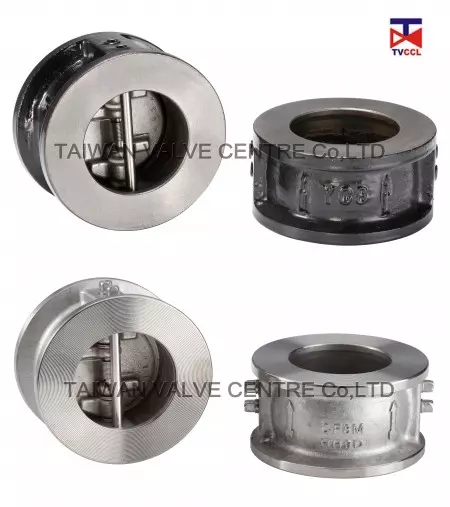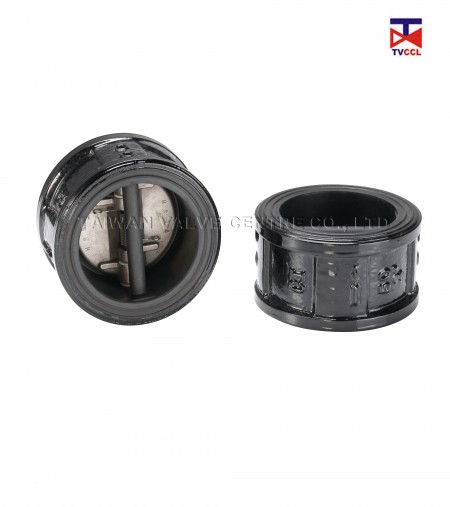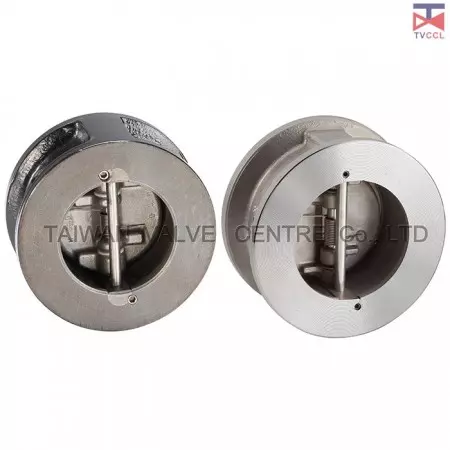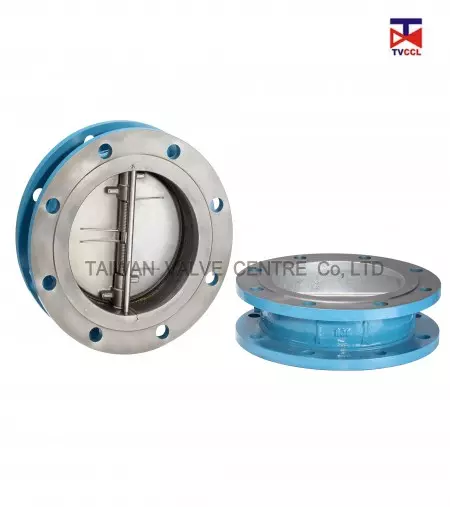
Q:How can I choose the material of valves?
Choosing the appropriate material for a dual plate wafer type check valve is critical to ensure its longevity, functionality and safety. The selection of the material is dependent on the operating conditions of the system and the medium flowing through the valve. TVCCL step-by-step guide to help you choose the appropriate material:
Determine the Medium:
Identify the fluid type (water, oil, gas, chemicals, etc.) that will flow through the valve. Choose a material that is compatible with this medium, to prevent corrosion, erosion or chemical reactions.
Also, take into account temperature and pressure.
Consider Temperature and Pressure:
Identify the temperature and pressure limits of operation. Certain materials may perform better under high temperatures, whilst others may deteriorate or weaken.
Ensure that the material can withstand the system's maximum pressure.
Check for Corrosiveness:
If the medium is corrosive (e.g. acidic or alkaline solutions, seawater), select corrosion-resistant materials such as stainless steel, duplex stainless steel or special alloys.
Corrosion-resistant materials are indispensable for wastewater or environments with fluctuating pH levels.
Assess Abrasion Potential:
If the medium includes suspended solids or is abrasive, it may be recommended to utilise materials that are resistant to wear, such as hardened stainless steel or materials with specialist coatings.
Evaluate Chemical Compatibility:
Ensure the material is chemically compatible if the system involves chemicals, and won't react or deteriorate when subjected to these chemicals.
Consider Cost:
While it is important to select a material that meets the requirements of the system, cost may also be a crucial factor. Strive to find a balance between optimal performance and financial limitations. Occasionally, choosing a more costly material might result in cost savings over the long run due to reduced maintenance and extended valve life.
Look at Thermal Expansion:
Different materials have varying thermal expansion properties that respond differently to temperature changes. Ensure that the selected material is compatible with the system's temperature fluctuations.
Factor in Biofouling:
In systems where biofouling is a concern, like in wastewater treatment, it is advisable to choose materials that are resistant to biological growth or are easily cleanable.
Review Industry Standards and Regulations:
Some industries or applications may have particular standards or regulations regarding material selection. Ensure that the chosen material conforms to these standards.
Consult Manufacturer Recommendations:
Valve manufacturers frequently provide material suggestions for diverse operating conditions and applications. Seeking their advice can provide valuable insights.
Consider Maintenance and Longevity:
Some materials may require more frequent maintenance or have a shorter lifespan in certain conditions. It is important to consider the long-term implications of material selection in regards to maintenance costs and replacement frequency.
Environmental and Health Considerations:
In certain circumstances, the choice of material may be affected by environmental or health concerns, particularly if there is a potential for leaching or contamination.
In brief, selecting the appropriate material for a valve necessitates a thorough evaluation of the operational conditions of the system, the properties of the medium, and any other pertinent factors.
- Related Products
Dual Plate Wafer Type Check Valve
TC0
Fast Delivery: Most orders are shipped within 3-7 days, depending on stock availability. Versatile...
DetailsDual Plate Wafer Type Check Valve with Full Rubber
TC1
Dual plate wafer type check valve with full rubber is usually used in seawater desalination...
DetailsDual Plate Wafer Type Check Valve With Retainerless
TC8
The dual disc check valve with its compact wafer design and low cost have made it a popular...
DetailsDual Plate Lug Type Check Valve
TC6
The dual plate lug type check valve only takes 15-20 minute completely dissemble and reassemble...
DetailsDual Plate Flange Type Check Valve
TC4
Because the check valve flange type doesn’t tapping on the flange hole, installation of double...
Details





